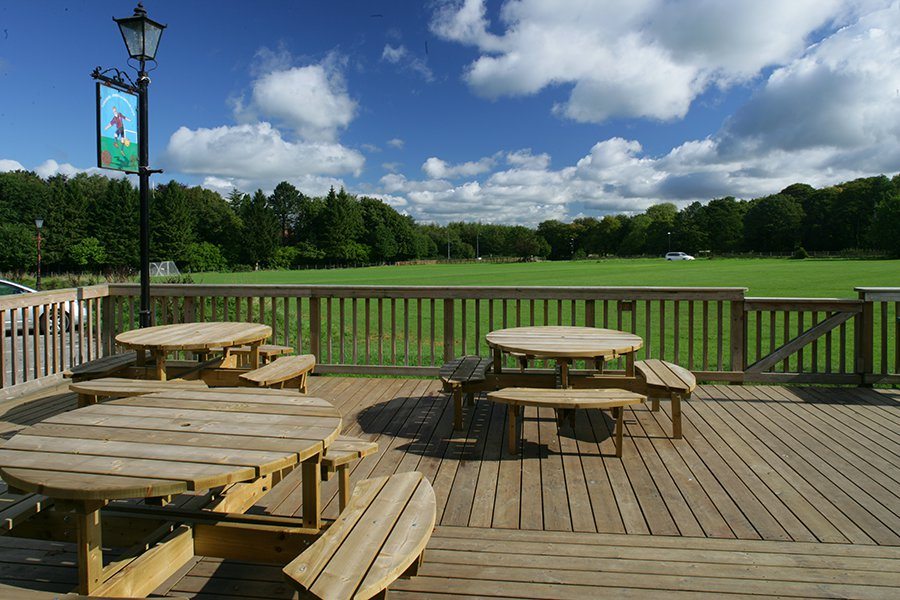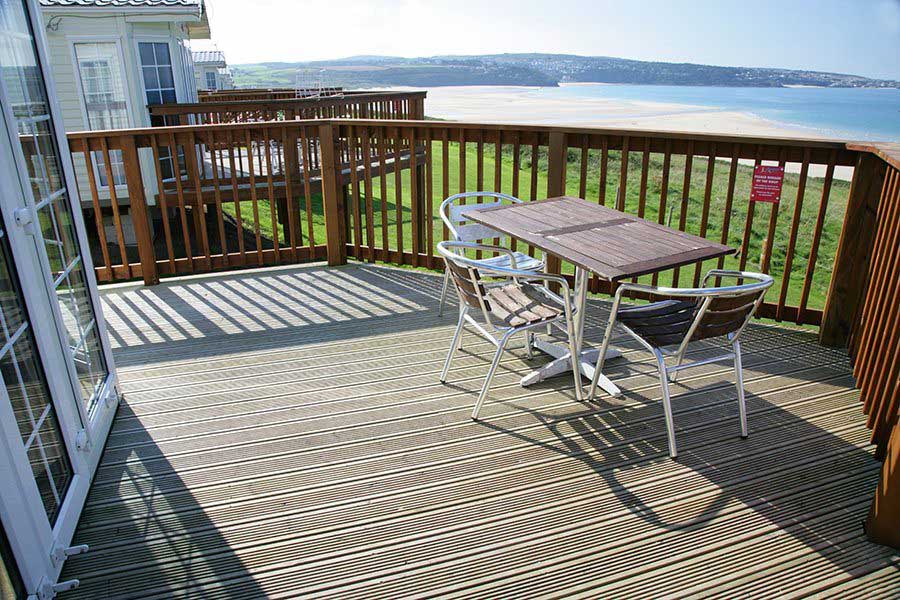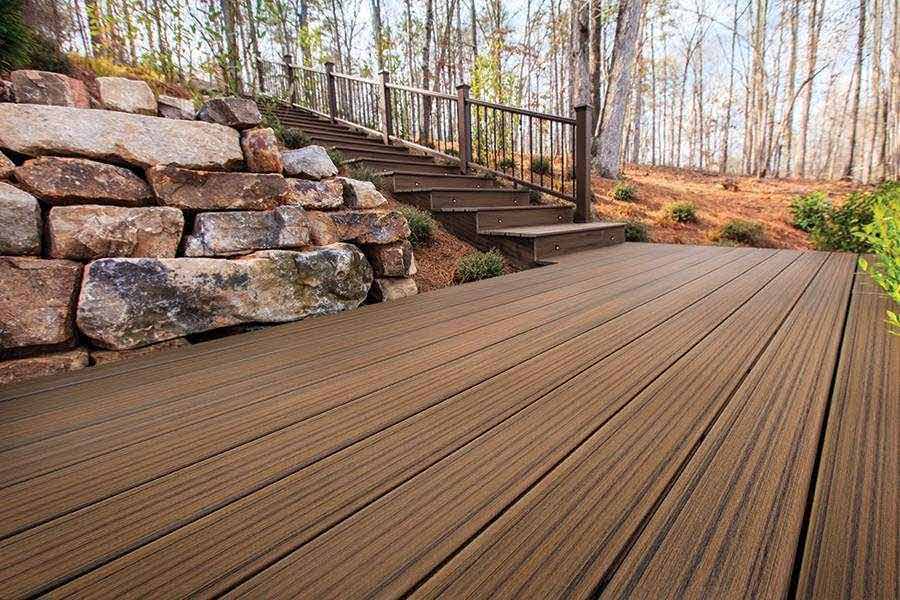Considerations when creating public decking

The popularity of decking in public spaces and commercial buildings has soared in recent years, but business owners mustn’t be too gung ho when installing a deck.
The introduction of the smoking ban in 2007 turned the focus on creating improved outdoor spaces for a lot of UK businesses, and many restaurants, pubs, cafes and bars chose to install features such as decking, shelters and space heaters.
Decking’s popularity isn’t limited to places where people are likely to smoke; many leisure centres, schools, offices and hospitals have also utilised decking to create attractive breakout areas that enhance their buildings – without breaking the bank. You might be tempted to install a deck to brighten up the outdoor space at your own business premises, but before you do we recommend you give some thought to the following considerations.
1. Planning permission and building regulations
If you are planning to build a deck that is more than 30cm above the ground, or if it will cover more than 50 per cent of the garden area of the property, you will require planning permission. You may also require planning permission if your deck will be within 20 metres of a road, if it is attached to a listed building, or if it is located in a conservation area.
You should always assume that building regulations apply to your deck, and you should check how that affects deck design and elements such as balustrades or hand rails. Building regulations may also apply if your deck will affect the value or privacy of neighbouring properties, and it may be wise to notify neighbours of your plans and give them the opportunity to object.
2. Deck design

The first thing to consider before building a deck is location and the ground that the deck is going to occupy. For ground level and partially elevated decks, the substructure needs to be laid on a free-draining area of compacted hardcore – not straight onto soil or lawn.
Are there any features that you plan to keep, such as trees or benches? Is the deck going to cover things that will need to be accessed, such as manhole covers or other services? If so, you need to ensure you design a removable panel, or you can use Trex composite boards, which can easily be taken up and put back down. The specifics of your deck design will affect the way it is used by members of the public. For example, if you are planning to have a multi-level deck in an exposed area, members of the public may have to contend with slippery steps, and you may need to install signage and additional handrails to address this issue.
You also need to consider the load that your deck will have to bear, in terms of furniture as well as people, and make sure that its construction meets your requirements.
3. Accessibility

It is paramount that your new deck is accessible to everyone who might visit your premises, including people of various ages and physical abilities. Wheelchair access via slopes may be required, along with handrails and balustrades to keep people safe. If your deck is not suitable for young children, then appropriate signage should be considered as well.
For decking that is going to accommodate a lot of foot traffic or recreational activity, the deck boards must have the highest anti-slip rating possible, in order to reduce the risk of accidents and injuries. Trex Contour® boards could be considered for these types of areas because they comply with BS7976-2:2002 for low-slip potential in both wet and dry conditions.
4. Installer suitability
It is wise to check that the installers’ health and safety standards match up with those of your business or organisation. Good decking installers will be certified by the Construction Skills Certification Scheme.
If you are having a deck installed at a school, college, nursery or hospital, you may need to consider the suitability of the professionals who install your decking. For example, if the deck will be installed while children are using your building, the installers may require a Disclosure and Barring Service (DBS) check.
5. Timber vs composite
Decking in public areas must be able withstand constant use and abuse. For reasons of cost and convenience, decking should not be prone to wear and tear that would lead to continuous maintenance and repair. The choice between timber and composite decking materials determines the durability of your deck, and it will also affect the cost and the amount of maintenance required in the future.
Composite decking products such as Trex are less likely to warp, split or rot than a timber deck and they are virtually maintenance free. However, composite decking tends to be more expensive than timber, and doesn’t boast the classic look, smell and feel of genuine hardwood or softwood decking.
Both composite and timber decks are popular at the moment, and we are always happy to help you find the decking material to best suit your needs.







